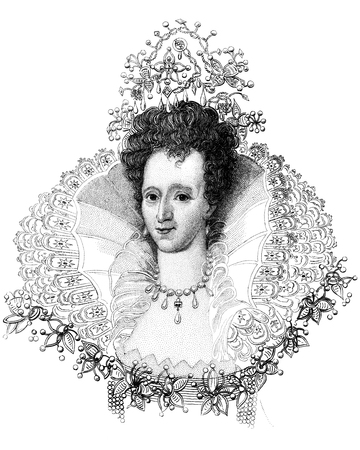Queen Elizabeth I was many things. Known for bringing stability to a country that had gone through years of turmoil under the reigns of her father (Henry VIII) and half-siblings (Edward VI and Mary, Queen of Scots), she was an adept ruler and a brilliant scholar. She was also an incredibly messy writer.
Indeed, Elizabeth’s famously messy handwriting has revealed her as the translator of an early English translation of Tacitus’ Annals.
The translation was found by John-Mark Philo, a literary scholar at the University of East Anglia. While the translation itself was written in the clean, legible handwriting of a professional scribe, it was the annotations and corrections in the margins that caught Philo’s eye. The annotations were done by an “extremely distinctive, disjointed hand” that matched the penmanship of other documents authored by Elizabeth. The Virgin Queen had a habit of making her “m’s” and “n’s” horizontal lines, and her “e’s” and “d’s” into disjointed strokes. There were also a set of watermarks that tied the translation to the royal house, namely those of a lion, a crossbow, and the initials “G.B.”
Why did the Queen have such famously messy handwriting? Much of it had to do with the office that she held. Her penmanship deteriorated over time, resulting from the ever-growing “demands of governance” that forced her to write quickly and, consequently, sloppily. She was also allowed to have messy handwriting. As Queen, “comprehension [was] somebody else’s problem,” whether it be the recipient, or the professional scribe that would have to record and attach a more legible copy to the original document.
Elizabeth’s messy handwriting may have been a headache for contemporaries, but it turned out to be especially helpful for historians 500 years later. And indeed, distinctive handwriting such as this can help us find the true authors of particular documents, whether those documents be 500 years old or 5 months old.
Here at Drexler Document Laboratory, we’re proud to operate full-service laboratory offering experienced forensic document and handwriting analysis for both individuals and businesses involved in civil or criminal investigations. To learn more, feel free to give us a call at our toll-free number or contact us online today!



